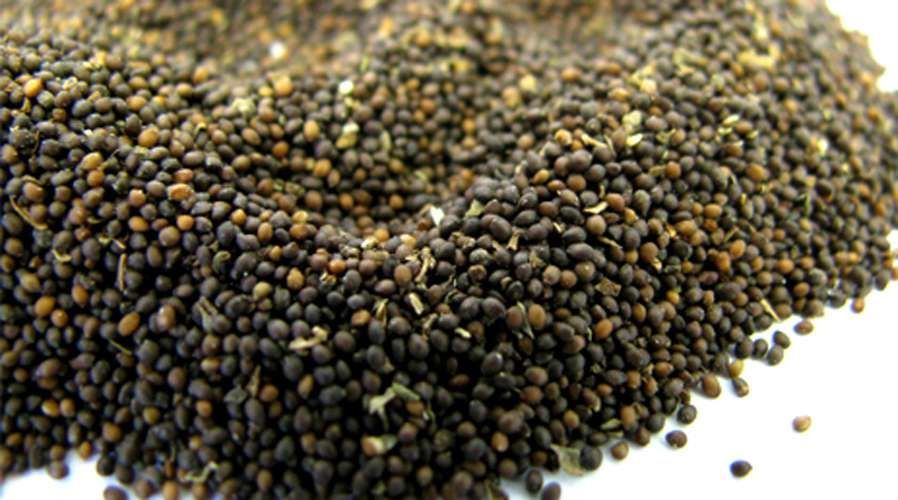Introduction
Have you ever stumbled upon a plant that seems almost magical in its versatility and benefits? If not, let me introduce you to Angelica wild celery, a fascinating herb with a rich history and an array of uses that might just leave you wondering how you’ve gone so long without it. From its medicinal properties to its culinary applications, Angelica wild celery is truly a hidden gem worth exploring.
In this article, we’ll dive into the intriguing world of Angelica wild celery, uncovering its origins, benefits, and how you can incorporate it into your daily life. Whether you’re a budding herbalist or just someone looking to add a little extra something to your recipes, this herb is sure to pique your interest.
What is Angelica Wild Celery?
Before we get into the nitty-gritty, let’s clear up what exactly Angelica wild celery is. Scientifically known as Angelica archangelica, this plant belongs to the Apiaceae family, which also includes carrots, parsley, and celery. It’s a biennial plant, meaning it takes two years to complete its life cycle, and it can grow quite tall, reaching heights of up to six feet.
A Glimpse into History
Angelica wild celery has a storied past that stretches back to ancient times. It was highly revered in various cultures for its supposed mystical and healing properties. The Vikings were known to carry it with them on long voyages to stave off scurvy, and during the Black Plague, it was believed to offer protection against the deadly disease. Its name, Angelica, is derived from the legend that an angel appeared to a monk in a dream, revealing the plant as a cure for the plague.
Identifying Angelica Wild Celery
Identifying Angelica wild celery in the wild can be a bit tricky, as it resembles other members of the Apiaceae family. However, here are some key characteristics to look out for:
- Tall, hollow stems: These are ribbed and can be either green or purplish.
- Large, lobed leaves: These leaves are divided into smaller leaflets and have a slightly serrated edge.
- Umbel flowers: The plant produces clusters of small, white or greenish-white flowers in umbrella-like arrangements.
- Aromatic scent: When crushed, the plant emits a strong, pleasant aroma that is somewhat similar to celery.
Health Benefits of Angelica Wild Celery
Angelica wild celery isn’t just another pretty plant; it boasts a range of health benefits that make it a valuable addition to any herbal medicine cabinet.
Digestive Aid
One of the most well-known benefits of Angelica wild celery is its ability to aid digestion. The plant contains compounds that stimulate the production of digestive juices, making it helpful for relieving indigestion, bloating, and gas. A simple tea made from the roots or seeds can work wonders for an upset stomach.
Respiratory Relief
If you’re struggling with a cough or congestion, Angelica wild celery might be just what you need. The herb has expectorant properties, meaning it helps to loosen and expel mucus from the respiratory tract. This makes it a useful remedy for conditions like bronchitis and the common cold.
Anti-inflammatory and Antioxidant Properties
Angelica wild celery is also packed with anti-inflammatory and antioxidant compounds. These properties can help reduce inflammation in the body, which is beneficial for conditions like arthritis and general joint pain. The antioxidants present in the plant help to neutralize harmful free radicals, potentially reducing the risk of chronic diseases.
Menstrual Health
For women, Angelica wild celery can offer relief from menstrual discomfort. It has been traditionally used to regulate menstrual cycles and alleviate cramps. The herb’s ability to improve blood circulation and relax muscle spasms makes it an excellent natural remedy for menstrual pain.
Stress and Anxiety Relief
In today’s fast-paced world, stress and anxiety are common issues. Angelica wild celery has mild sedative properties that can help calm the mind and promote relaxation. A warm cup of Angelica tea before bed can help you unwind and get a good night’s sleep.
Culinary Uses of Angelica Wild Celery
Beyond its medicinal uses, Angelica wild celery is also a star in the kitchen. Its unique flavor, which is a mix of sweetness and earthiness, can add a special touch to various dishes.
Cooking with Angelica Wild Celery
- Candied Stems: One of the most popular culinary uses of Angelica is candied stems. The stems are boiled in sugar syrup until they become translucent and are then dried. These sweet treats can be used as decorations for cakes and desserts.
- Herbal Teas: The leaves, stems, and seeds of Angelica can be used to make a fragrant and soothing tea. Simply steep the parts in hot water for a few minutes.
- Flavoring: The seeds and roots can be used to flavor liqueurs, such as the famous Chartreuse. The unique taste of Angelica can also enhance soups, stews, and even fish dishes.
Recipes Featuring Angelica Wild Celery
Candied Angelica Stems
Ingredients:
- Fresh Angelica stems
- Sugar
- Water
Instructions:
- Cut the Angelica stems into 4-inch pieces and blanch them in boiling water for 5 minutes.
- Drain and refresh them in cold water.
- Make a syrup using equal parts sugar and water. Bring to a boil and add the stems.
- Simmer until the stems become translucent.
- Remove from syrup, allow to dry on a rack, and store in an airtight container.
Angelica Wild Celery Tea
Ingredients:
- 1 teaspoon dried Angelica root or seeds
- 1 cup boiling water
- Honey or lemon (optional)
Instructions:
- Place the dried Angelica root or seeds in a tea infuser.
- Pour boiling water over the infuser and let steep for 5-10 minutes.
- Remove the infuser and add honey or lemon if desired. Enjoy!
How to Grow Angelica Wild Celery
If you’re enchanted by the idea of having this wonderful herb in your garden, you’re in luck. Growing Angelica wild celery is relatively straightforward, and it can be a rewarding addition to your herbal repertoire.
Buy Angelica Seeds
- Mild licorice flavor
- All parts are edible
- Culinary and medicinal
- Good fresh and cooked
Planting Angelica Wild Celery
- Choose the Right Location: Angelica thrives in cool, moist conditions. It prefers partial shade but can tolerate full sun in cooler climates.
- Soil Preparation: Ensure the soil is well-draining and rich in organic matter. You can enhance the soil by adding compost or well-rotted manure.
- Sowing Seeds: Sow the seeds directly into the garden in late summer or early autumn. Lightly cover them with soil, as they need some light to germinate.
Caring for Your Angelica Plants
- Watering: Keep the soil consistently moist, especially during dry periods. However, avoid waterlogging the soil, as this can cause root rot.
- Fertilizing: Apply a balanced fertilizer in the spring to support growth. Avoid over-fertilizing, which can lead to leggy plants.
- Pruning: Trim back any dead or damaged leaves to keep the plant healthy. Remove flower heads before they set seed to encourage more foliage growth.
Harvesting Angelica Wild Celery
- Leaves and Stems: Harvest the leaves and stems as needed throughout the growing season. For the best flavor, pick them in the morning after the dew has dried.
- Roots: If you’re harvesting the roots, do so in the autumn of the plant’s second year. Carefully dig around the plant and lift the roots out of the soil.
FAQs about Angelica Wild Celery
Is Angelica wild celery safe for everyone?
While generally safe, Angelica wild celery should be used with caution by pregnant women and those taking blood-thinning medications. Always consult with a healthcare provider before adding new herbs to your regimen.
Can I grow Angelica wild celery indoors?
It’s possible, but challenging due to its size and need for cool, moist conditions. A large pot and a cool, bright room would be necessary.
How long does it take for Angelica wild celery to grow?
Angelica is a biennial plant, meaning it takes two years to complete its life cycle. In the first year, it focuses on growing foliage, and in the second year, it produces flowers and seeds.
Can I use Angelica wild celery in savory dishes?
Absolutely! The stems and roots can be used to flavor soups, stews, and even fish dishes, adding a unique, aromatic quality.
Where can I buy Angelica wild celery seeds?
You can find Angelica wild celery seeds at many garden centers, specialty herb shops, and online seed retailers.
Conclusion
Angelica wild celery is truly a marvel, offering a blend of historical intrigue, health benefits, and culinary versatility. Whether you’re drawn to its medicinal properties, intrigued by its unique flavor, or inspired to grow it in your garden, this herb has something to offer everyone. So, why not give Angelica wild celery a try? You might just find that it becomes a beloved staple in your herbal and culinary repertoire.
Meta Description
Discover the wonders of Angelica wild celery, a hidden gem in herbal medicine and culinary arts. Learn about its benefits, uses, and how to grow it at home in this comprehensive guide.











Leave a comment